Today, there are important updates from Ukraine.
Here, with the negotiations behind the scenes for the delivery of Tomahawk missiles to Ukraine if Putin’s meeting proves to be fruitless, the first targets of the powerful weapon have been publicly confirmed. With thousands of them, some of which are crucial for Russian operations against Ukraine but also for keeping the internal peace, the possible delivery has caused immense pressure on the Russian leadership ahead of the scheduled talks.
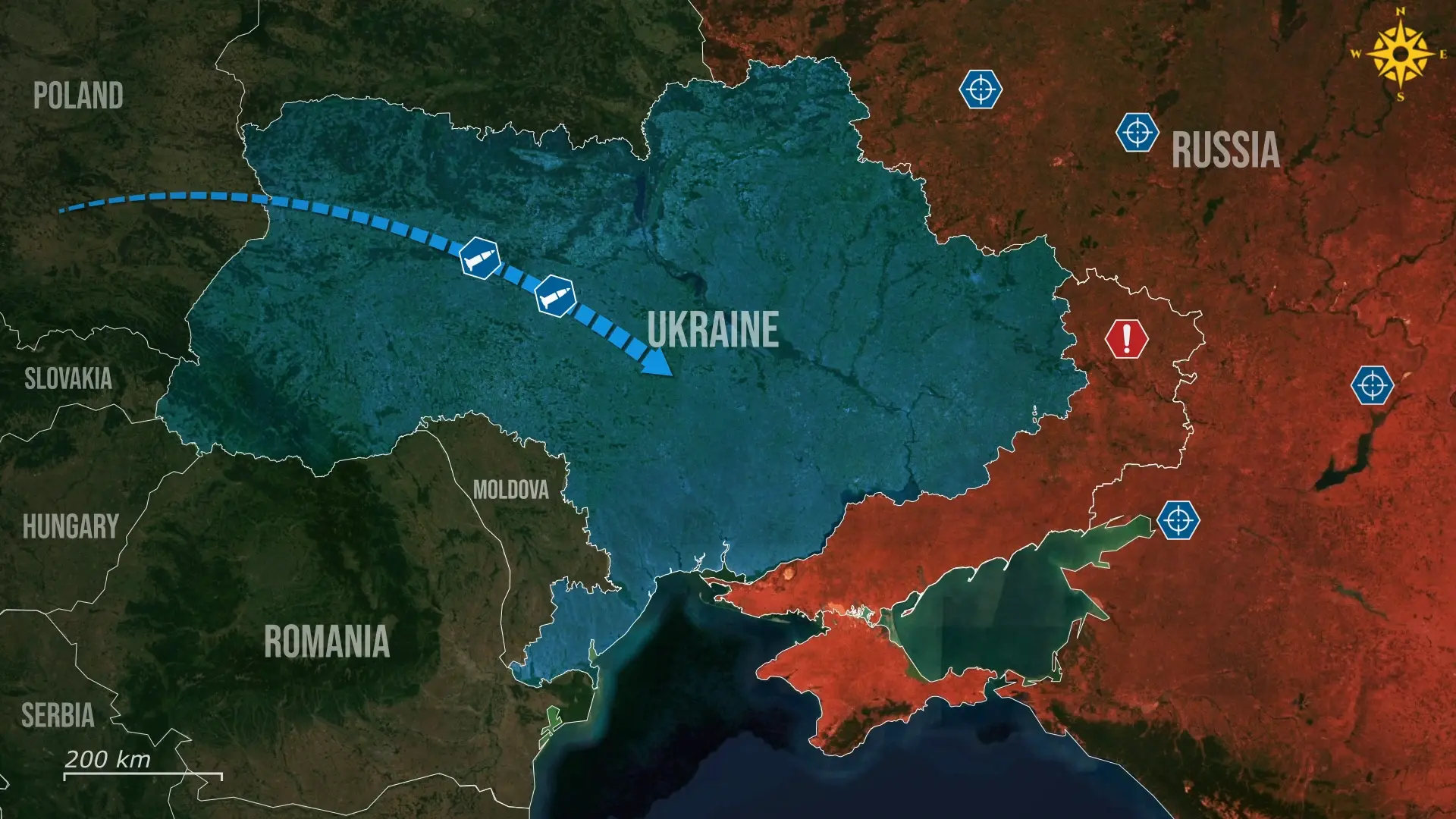
The first confirmed Tomahawk target is the Yelabuga Shahed factory in Tatarstan, a giant drone assembly complex producing thousands of kamikaze drones that feed Russia’s campaign of strikes on Ukrainian cities and infrastructure.
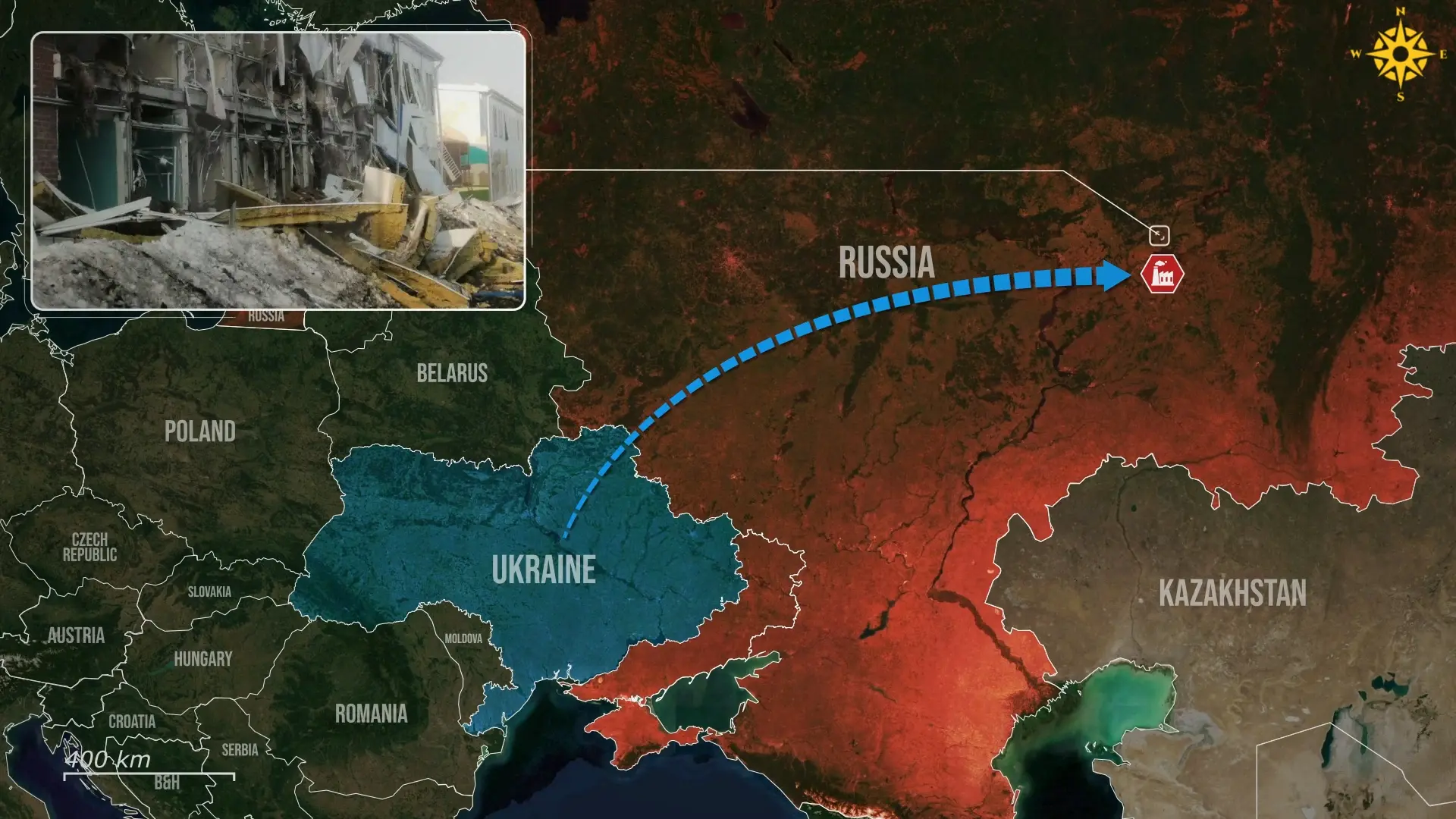
Hitting Yelabuga with Tomahawk cruise missiles would be qualitatively different from Ukraine’s long-range drone strikes, as Tomahawks carry far bigger warheads, 450 kilograms compared to the typical 80 to 120 kilograms for drones. Tomahawks fly low using terrain-following navigation and satellite guidance, and can be steered or reprogrammed mid-flight.
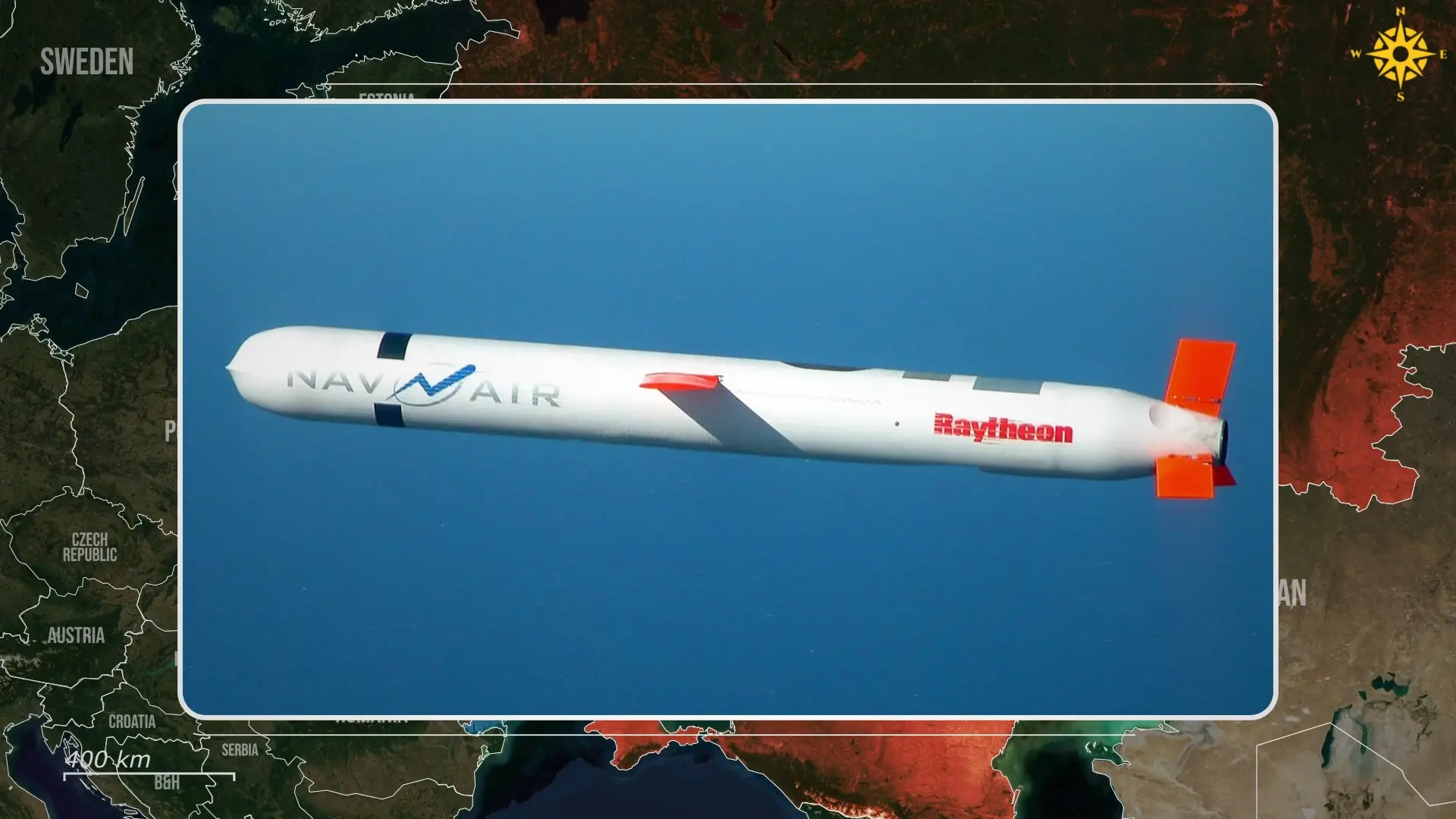
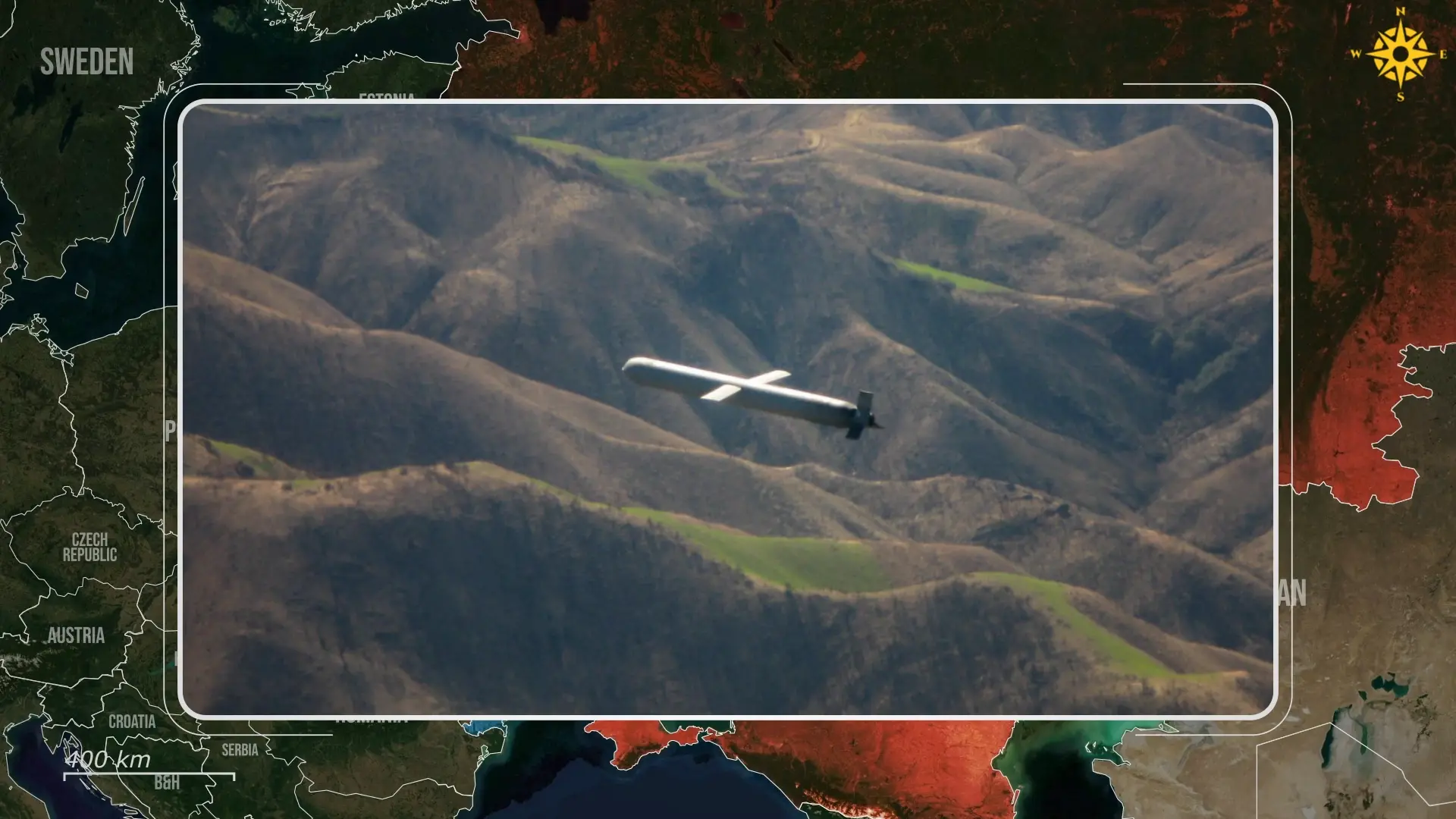
A handful of well-placed cruise missiles could crater production halls, destroy stockpiles, and sever critical production lines in a way that even the most advanced drones cannot. That destructive punch is why Yelabuga is being discussed as a priority target for when Tomahawk missiles arrive in Ukraine.
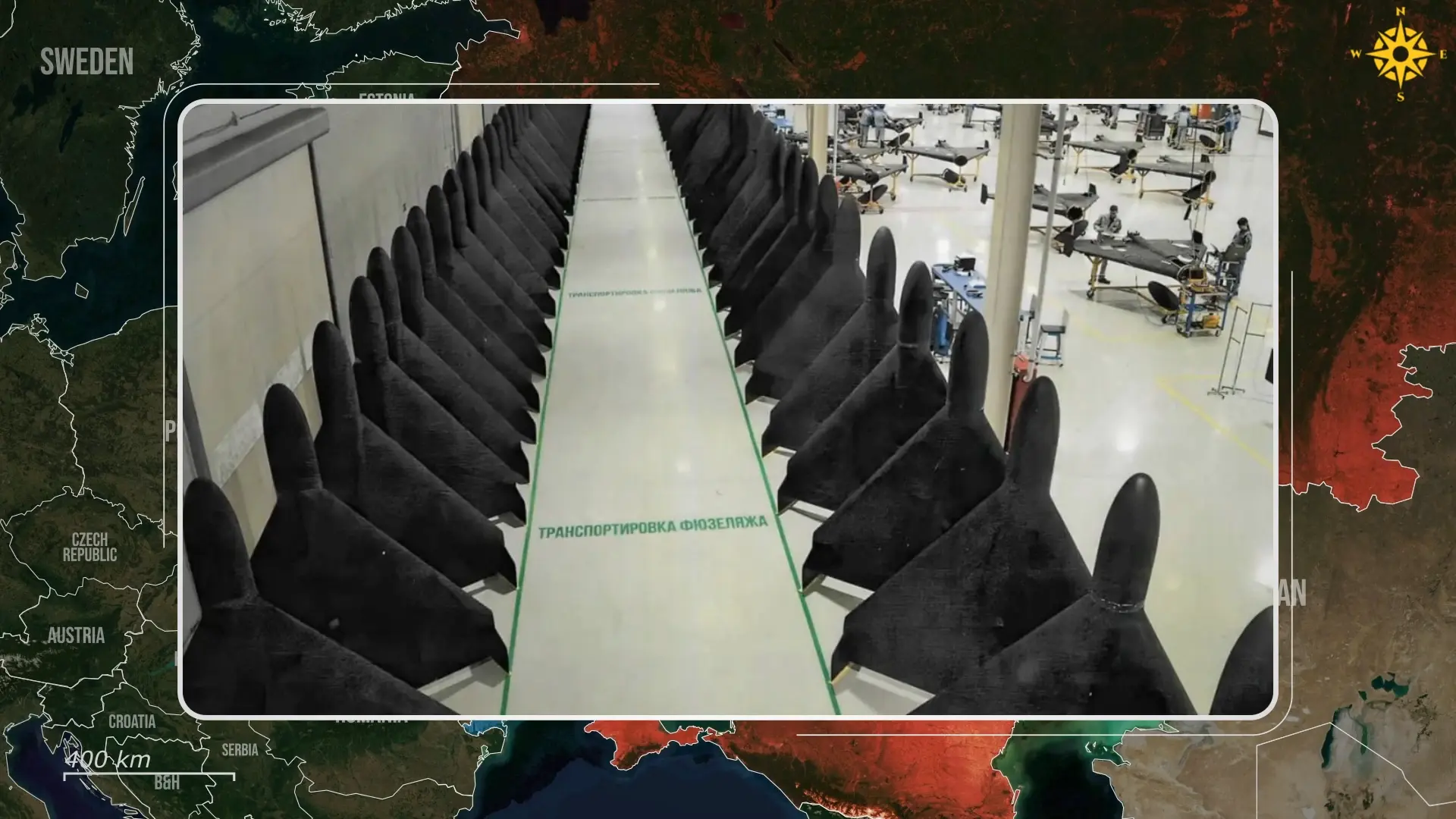
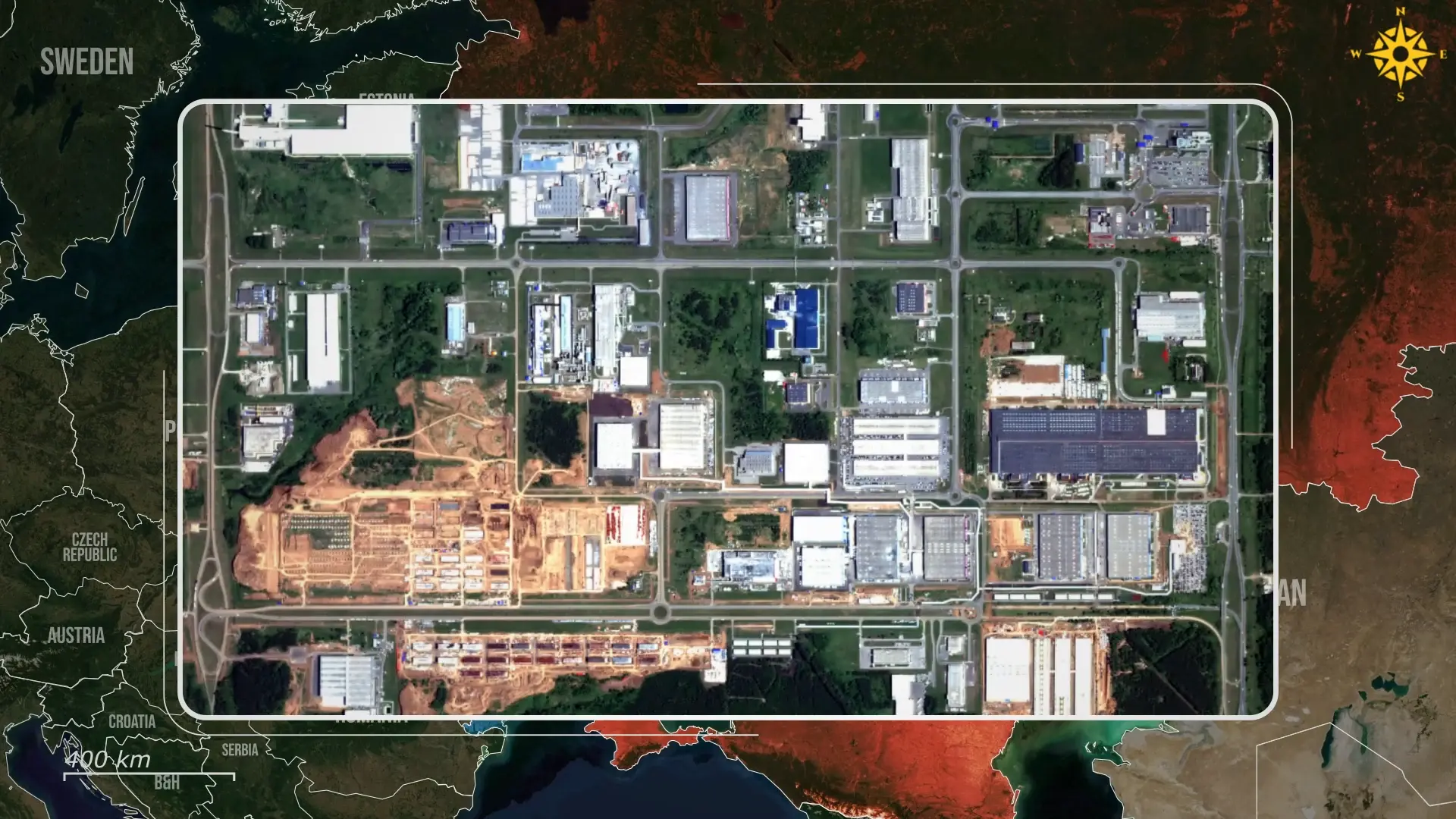
It’s important to note that the United States has not yet handed Tomahawks over, but public hints and diplomatic traffic have made the possibility quite real, especially if the talks are unsatisfactory. US and allied officials are weighing political escalatory risks against the strategic value of degrading Russia’s war machine capacity.
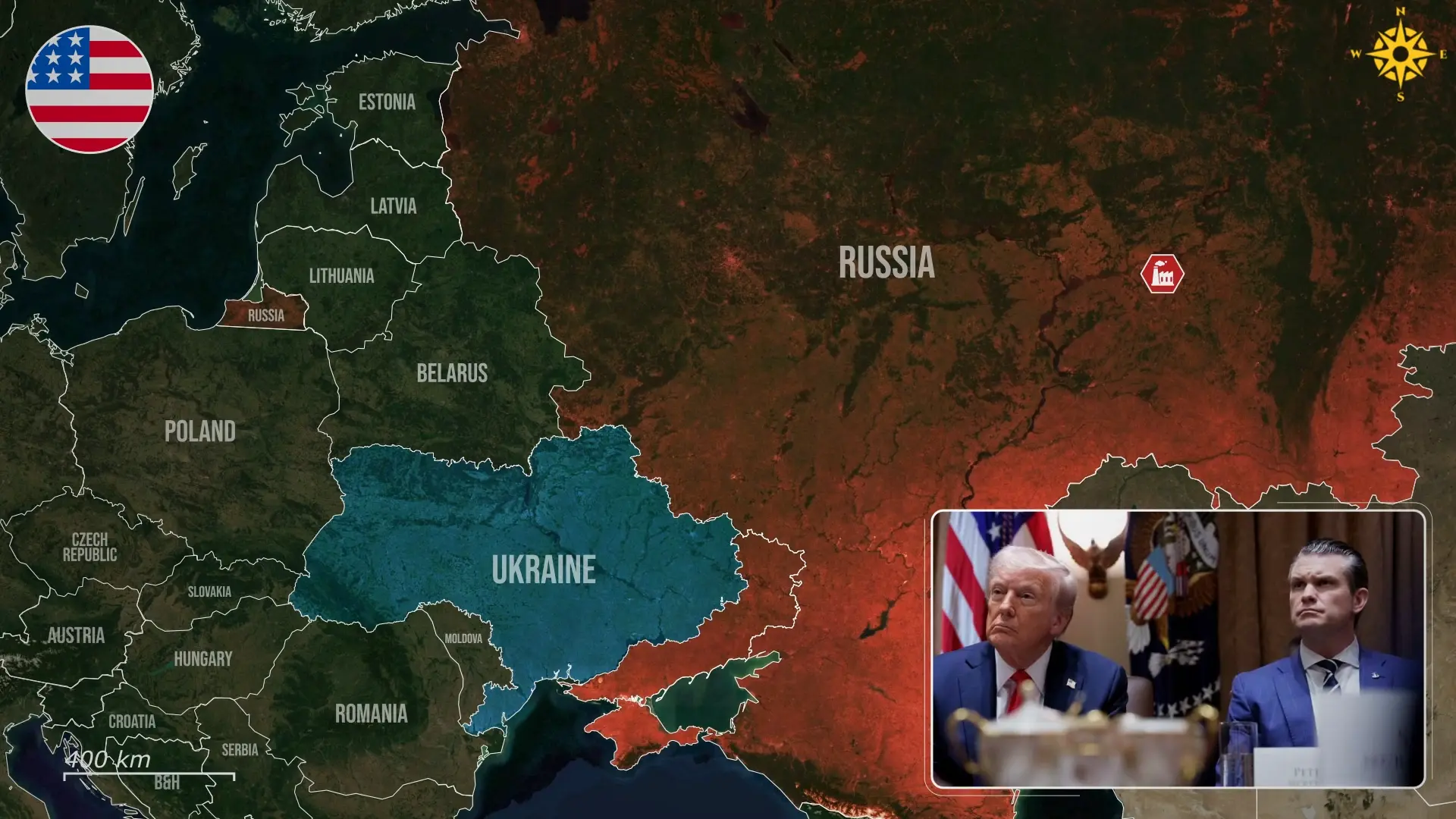
Politically, the move would be seismic, as supplying Tomahawks to Ukraine would signal that the strongest NATO country is willing to enable strategic strikes deep inside Russian territory, not just more of the tactical support that has dominated aid packages so far.
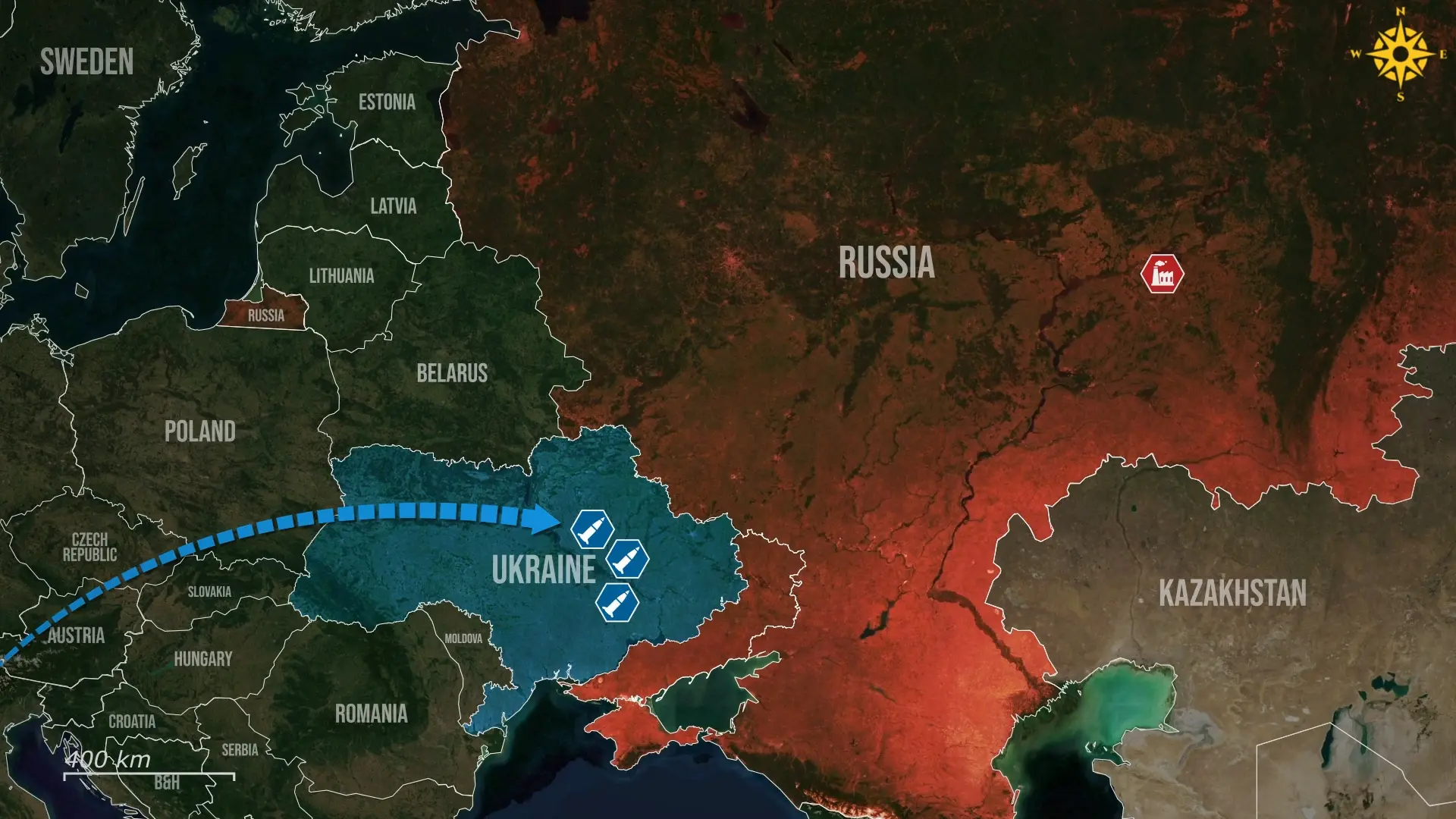
Tomahawks are effective because of their combination of payload, range, and flight profile, giving Ukraine a striking capability it doesn’t currently have. A single missile can carry a warhead capable of destroying hardened industrial facilities with terminal accuracy at ranges of over 1,600 to 2,500 kilometers depending on the variants. Yet, the Tomahawks are not invulnerable, as their subsonic speeds and flight paths can be contested by layered air defenses and interceptors if early-warning systems are intact. This makes Ukraine’s continued campaign to strip away Russian radar, electronic warfare, and air defense launchers extremely important, as this is what would make Tomahawk strikes feasible and lower the probability of interception.
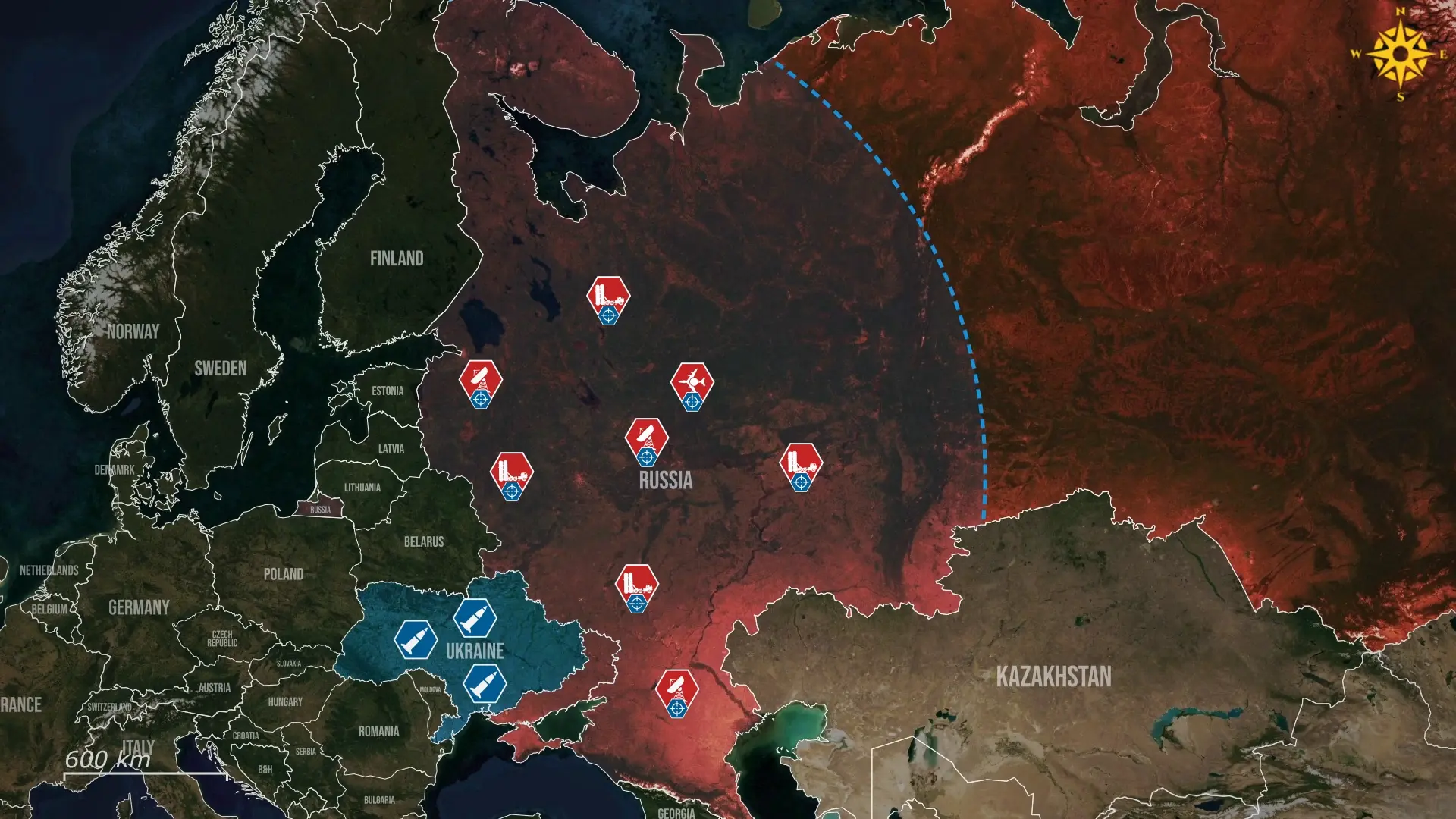
If delivered and employed, Tomahawks would not be limited to one factory, with the Institute for the Study of War reporting 1,655 military targets within the 1,600 kilometer range of the Tomahawk variants that Ukraine will receive. Even the destruction of some of them would cascade into logistics collapse: major rail hubs and switching yards, critical bridges and river locks, key transformer substations and power plants that feed military districts, large ammunition depots, and major repair or production centers.
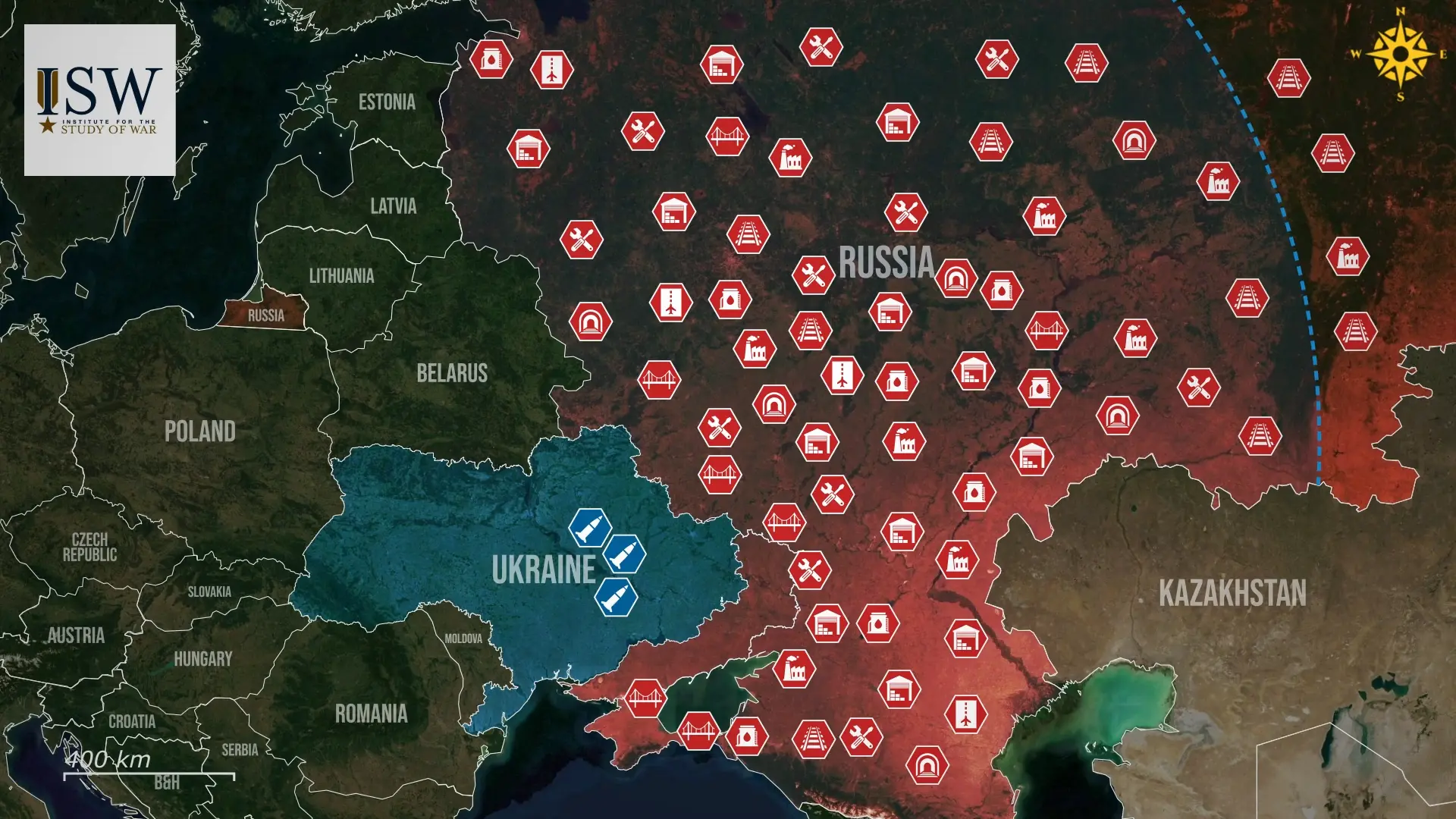
The Hudson analytical center has compiled a list of the most critical of these objects that Ukraine should strike first. Denying or degrading a handful of those nodes at the right time could choke the flow of fuel, shells, and spare parts that allow a massed Russian offensive to continue.
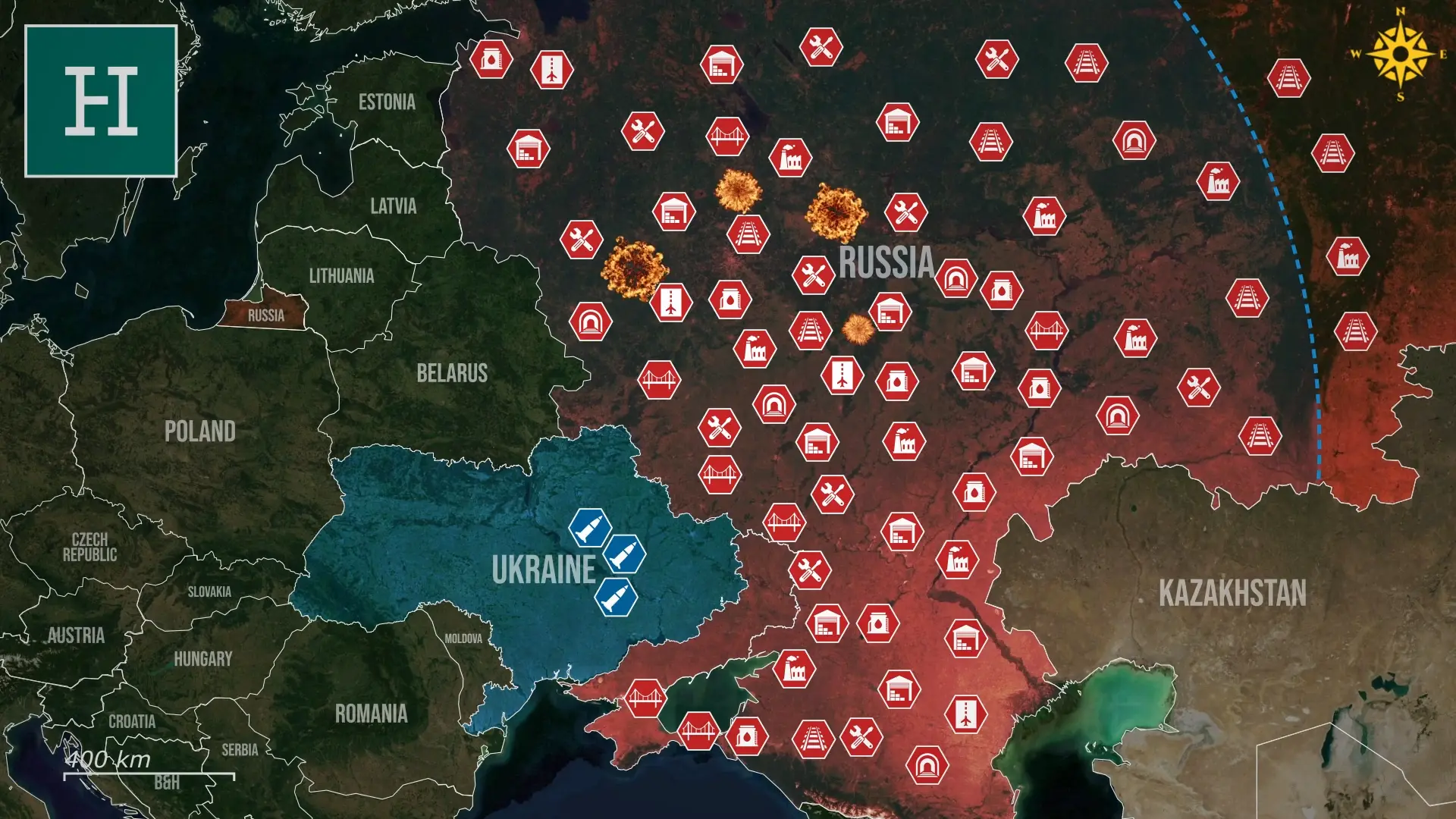
A further strategic focus should be on the flow of materiel into Russia. Disrupting key transport nodes within roughly 150 km of major border crossings, like bridges, rail sorting yards, junctions, and transport concentration points, would degrade frontline sustainment. Routes through Crimea are particularly consequential: damage to critical links such as the Crimean Bridge or the Henichesk crossing would have outsized effects on southern logistics. Likewise, interrupting vital rail arteries in the Western Military District — including major bridges, traction substations, and power transformers — would constrain force movement and resupply.
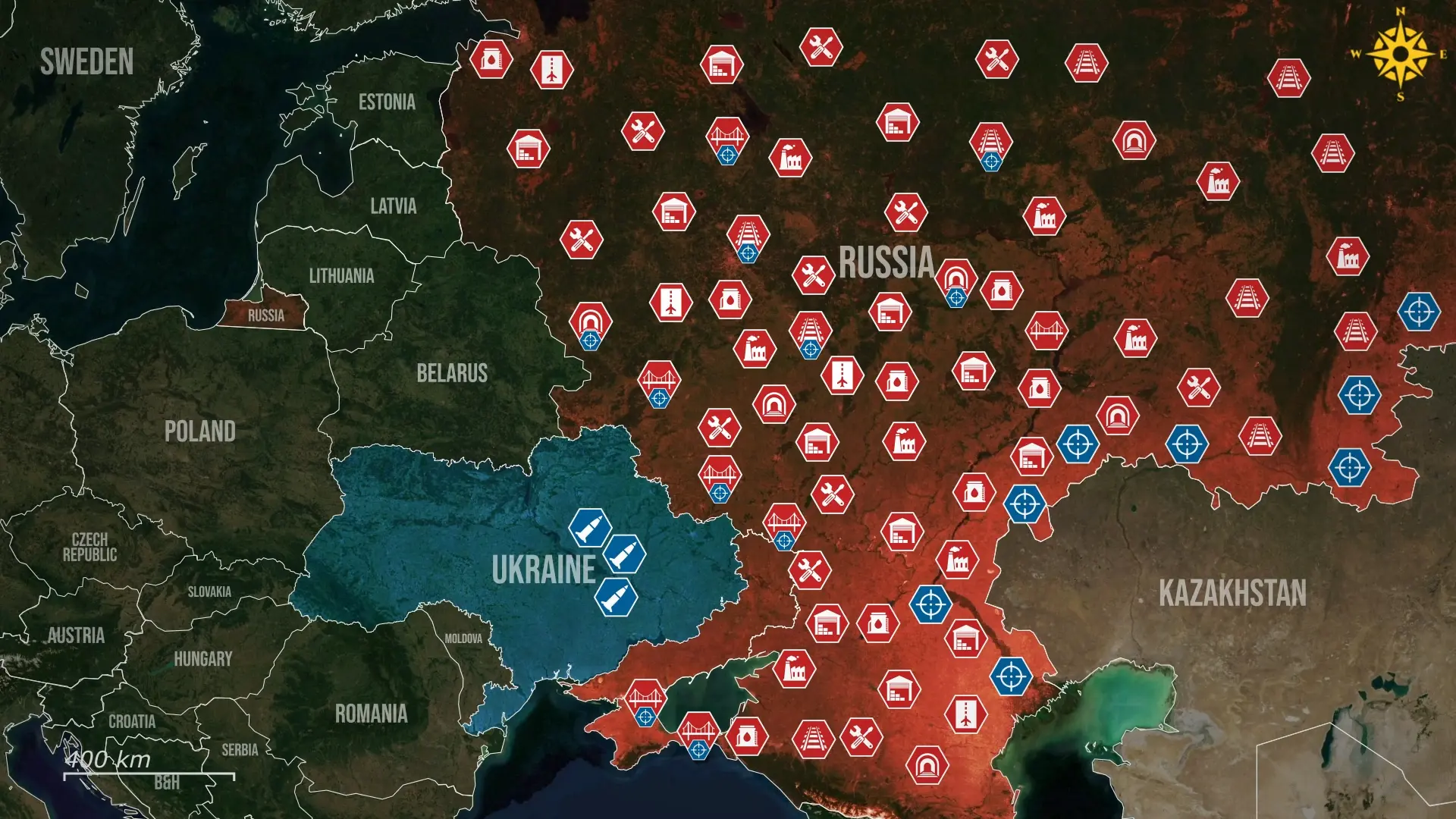
Even maritime sites such as the Black Sea Fleet’s facilities in Abkhazia could be impacted indirectly, even by strikes on the region’s electrical and rail infrastructure. Ukrainian planners already factor many of these nodes into their targeting cycles and have used domestically produced long-range systems to strike them. Employment of larger, longer-range missiles would raise the scale of destruction these attacks could achieve.

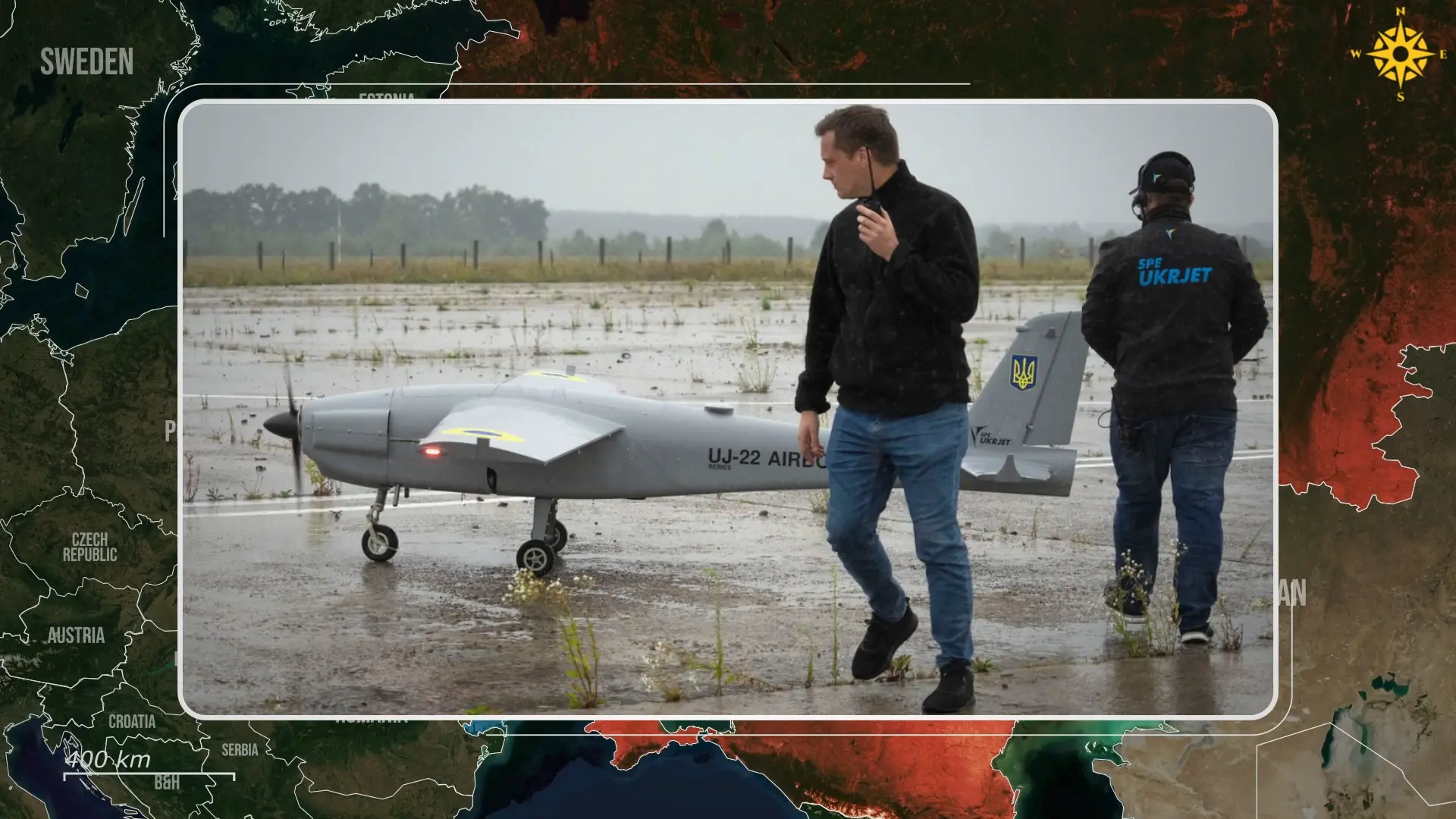
Overall, Tomahawks may not end the war, but they would materially expand Ukraine’s toolkit for degrading the base of Russia’s war campaign by providing the possibility to strike thousands of targets deep into enemy territory. Whether the missiles arrive depends on political decisions, stockpile constraints, and diplomatic bargaining, but Ukrainians already have a long list of targets, with the Yelabuga drone factory at its top.
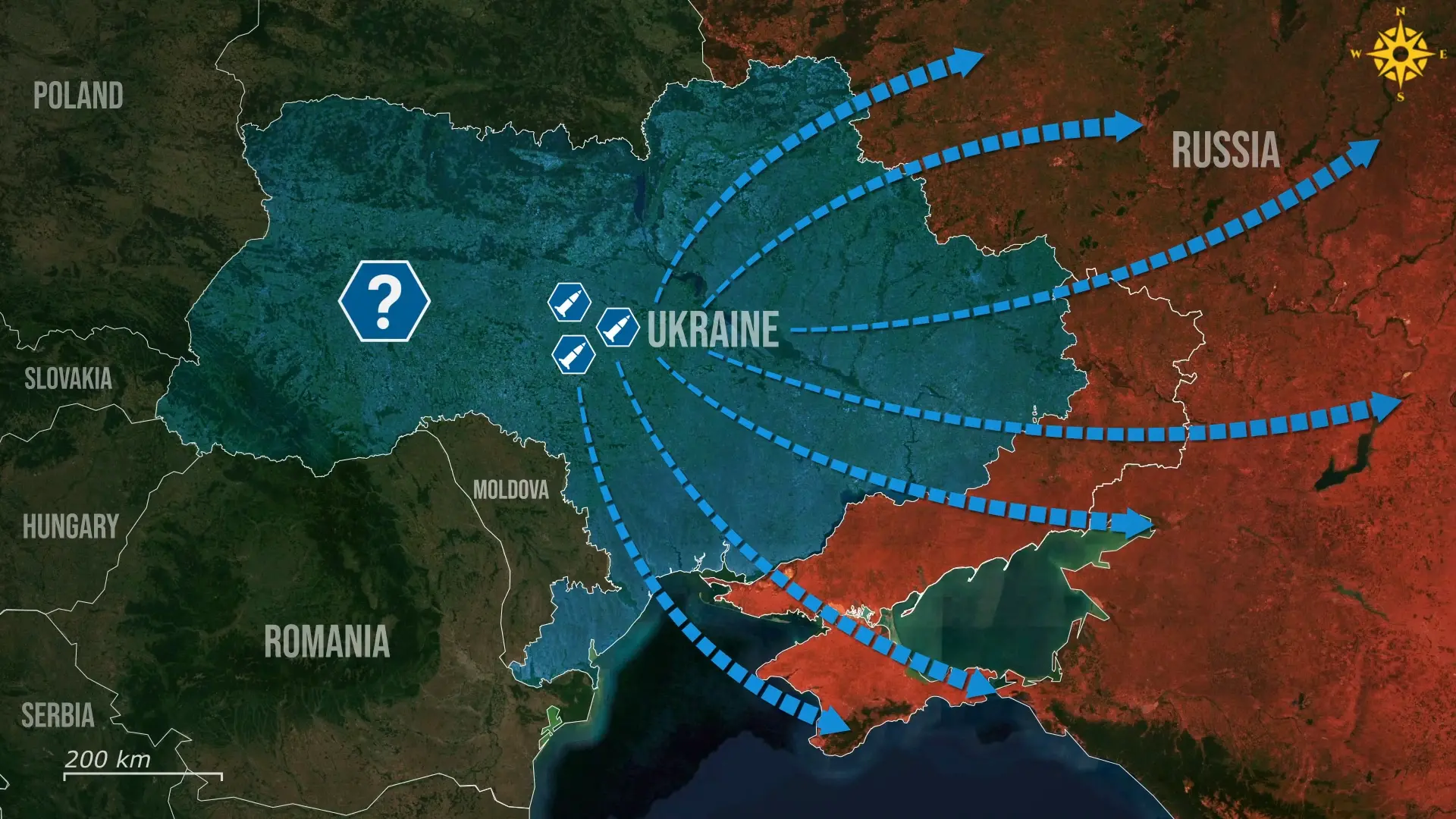








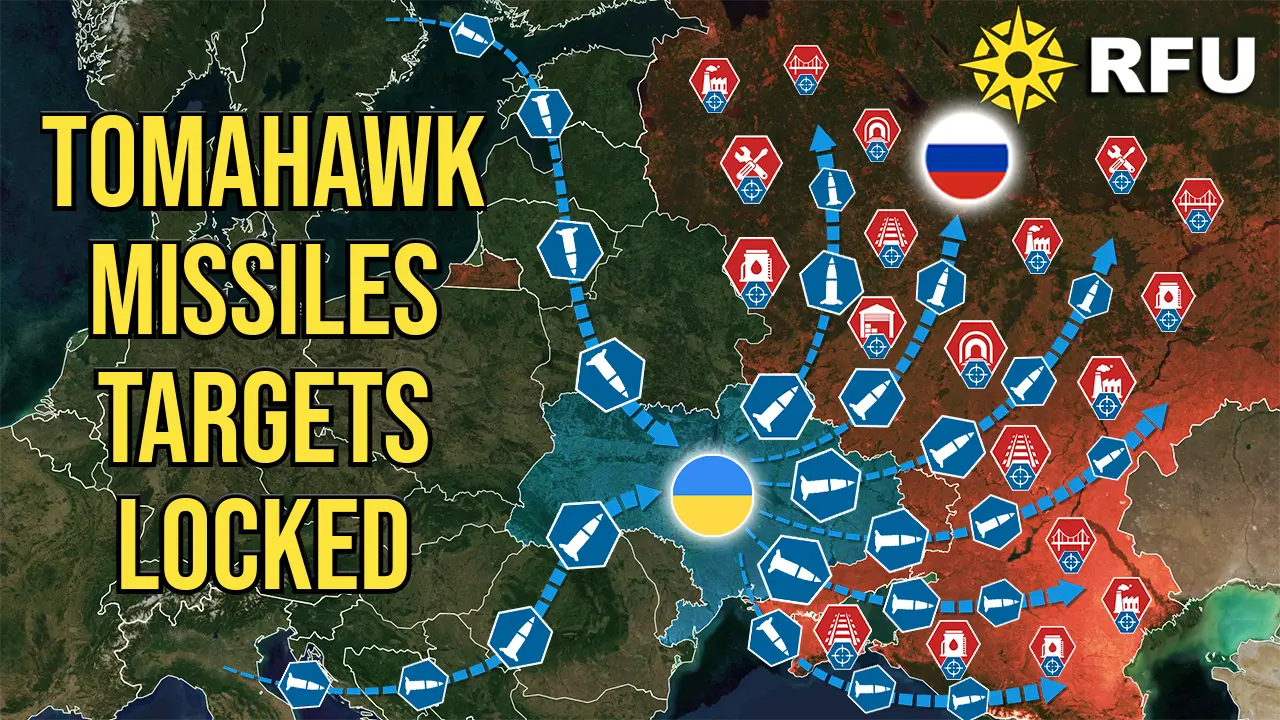
.jpg)
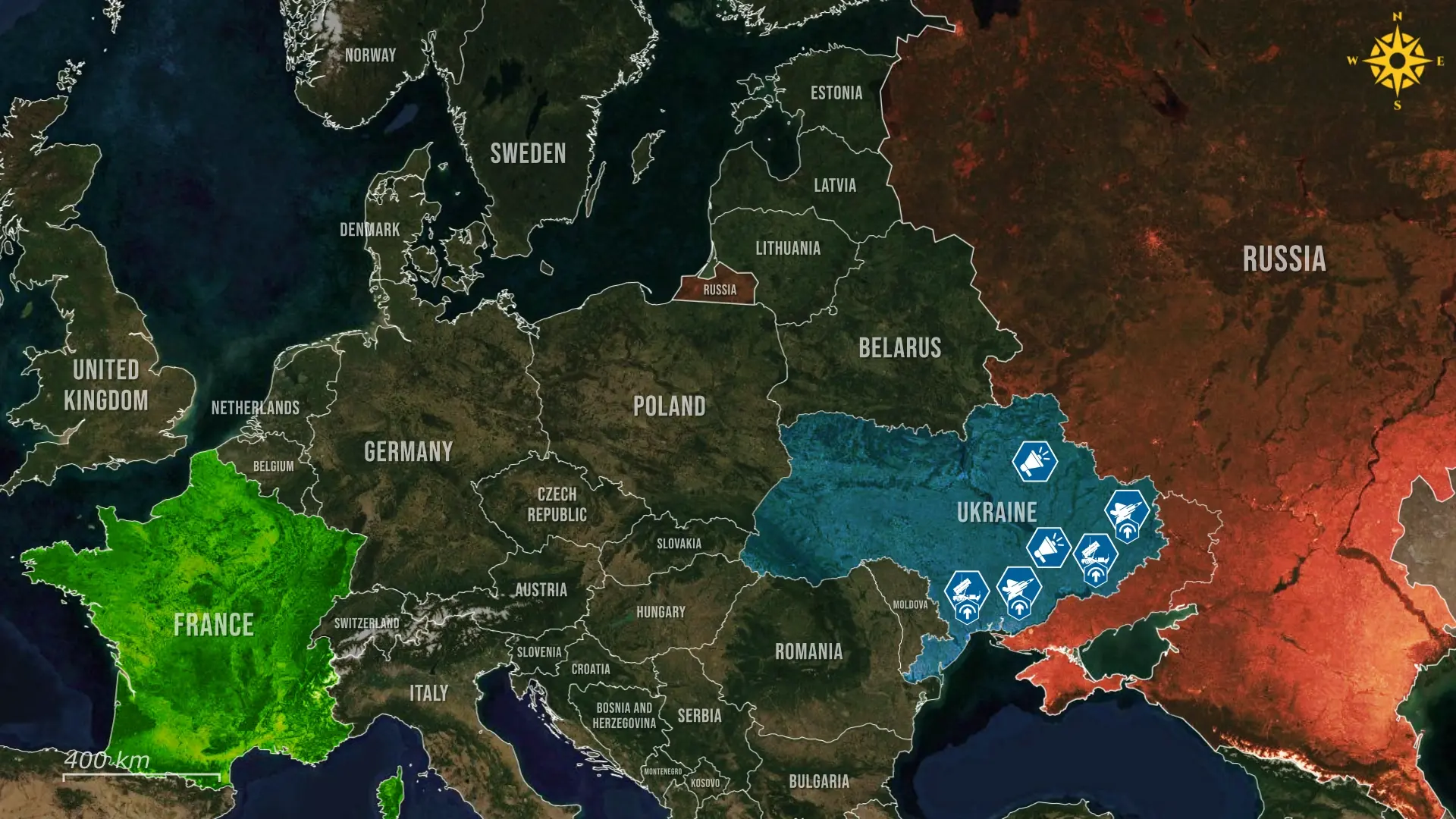
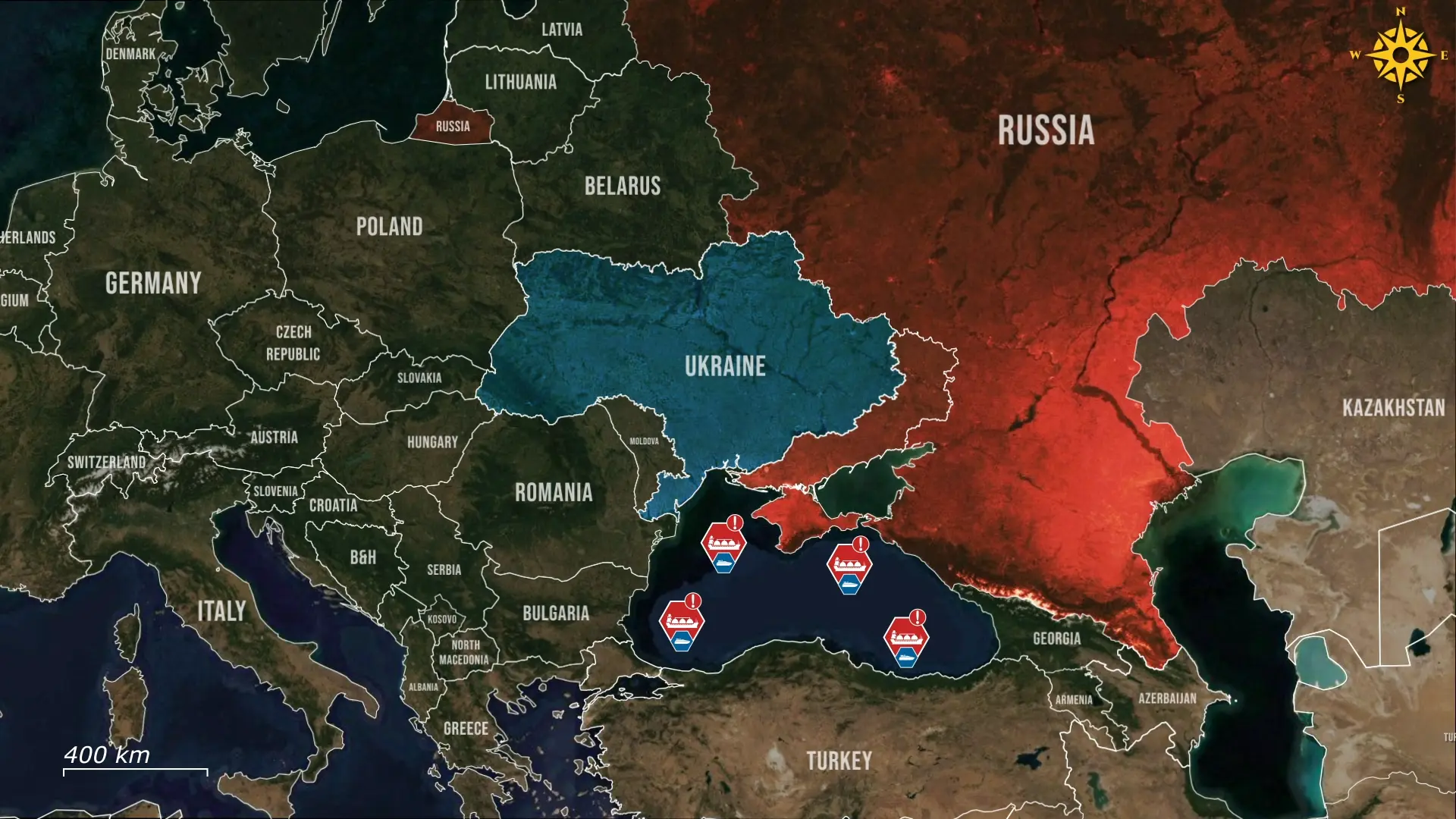
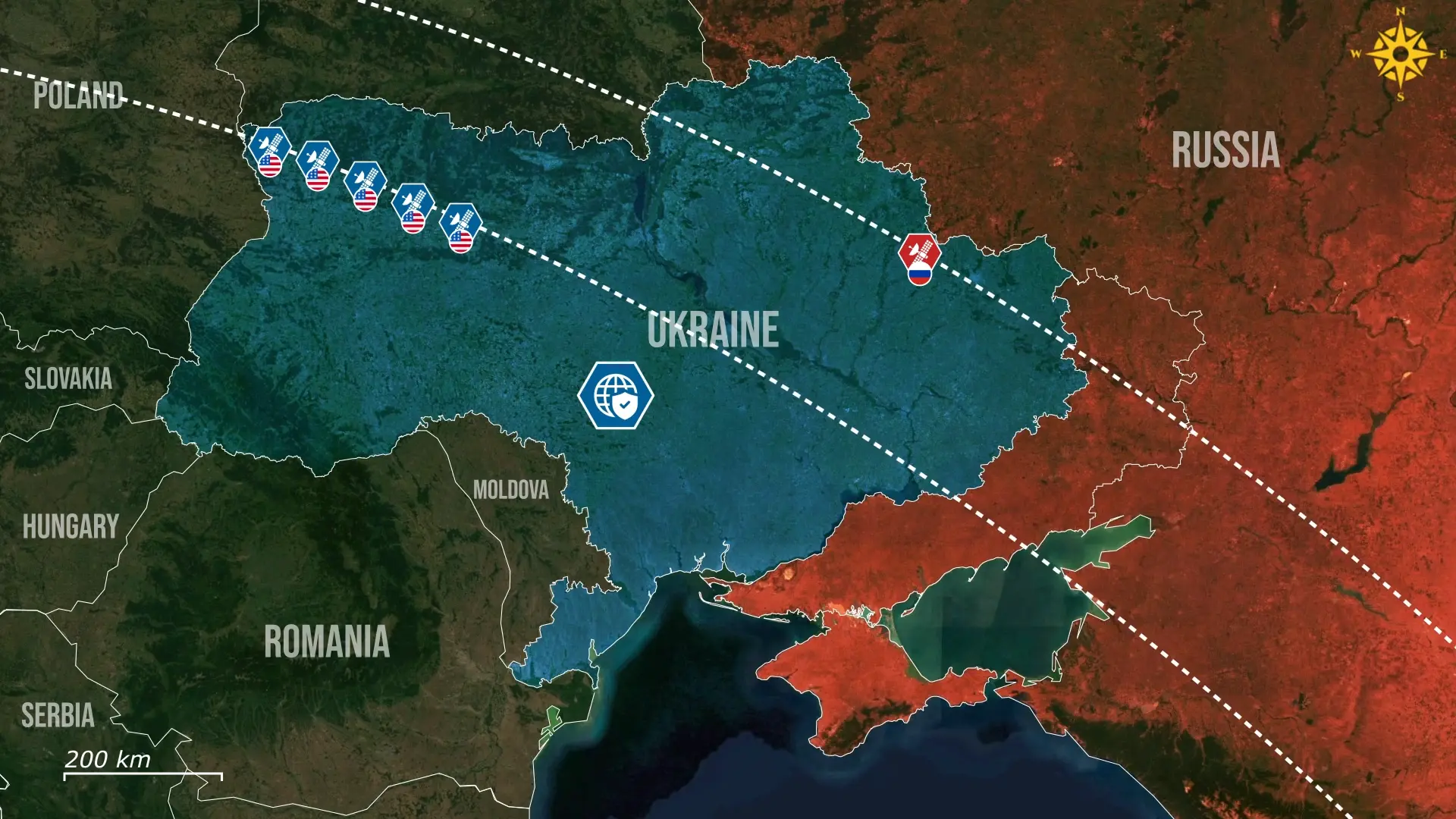
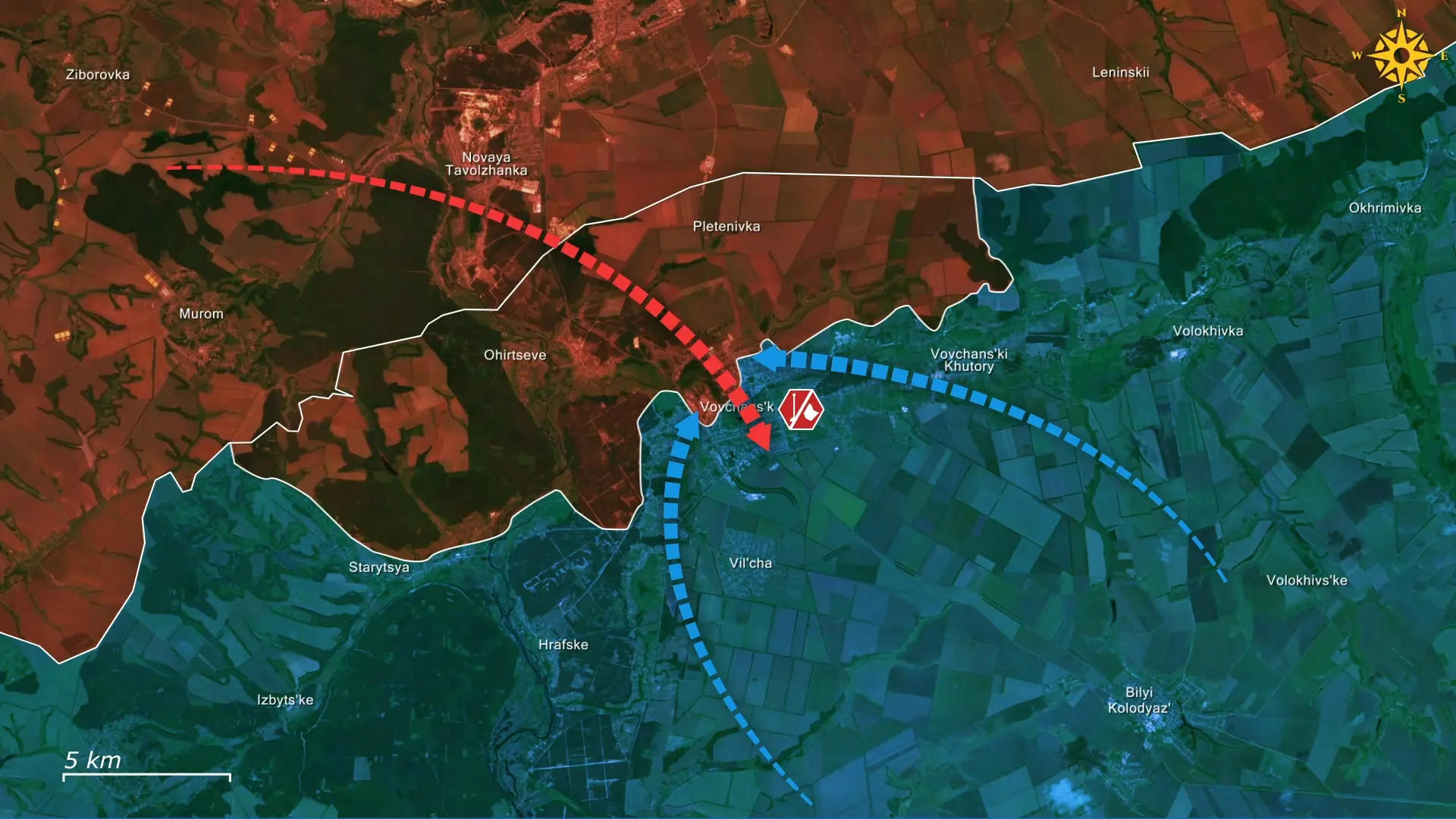
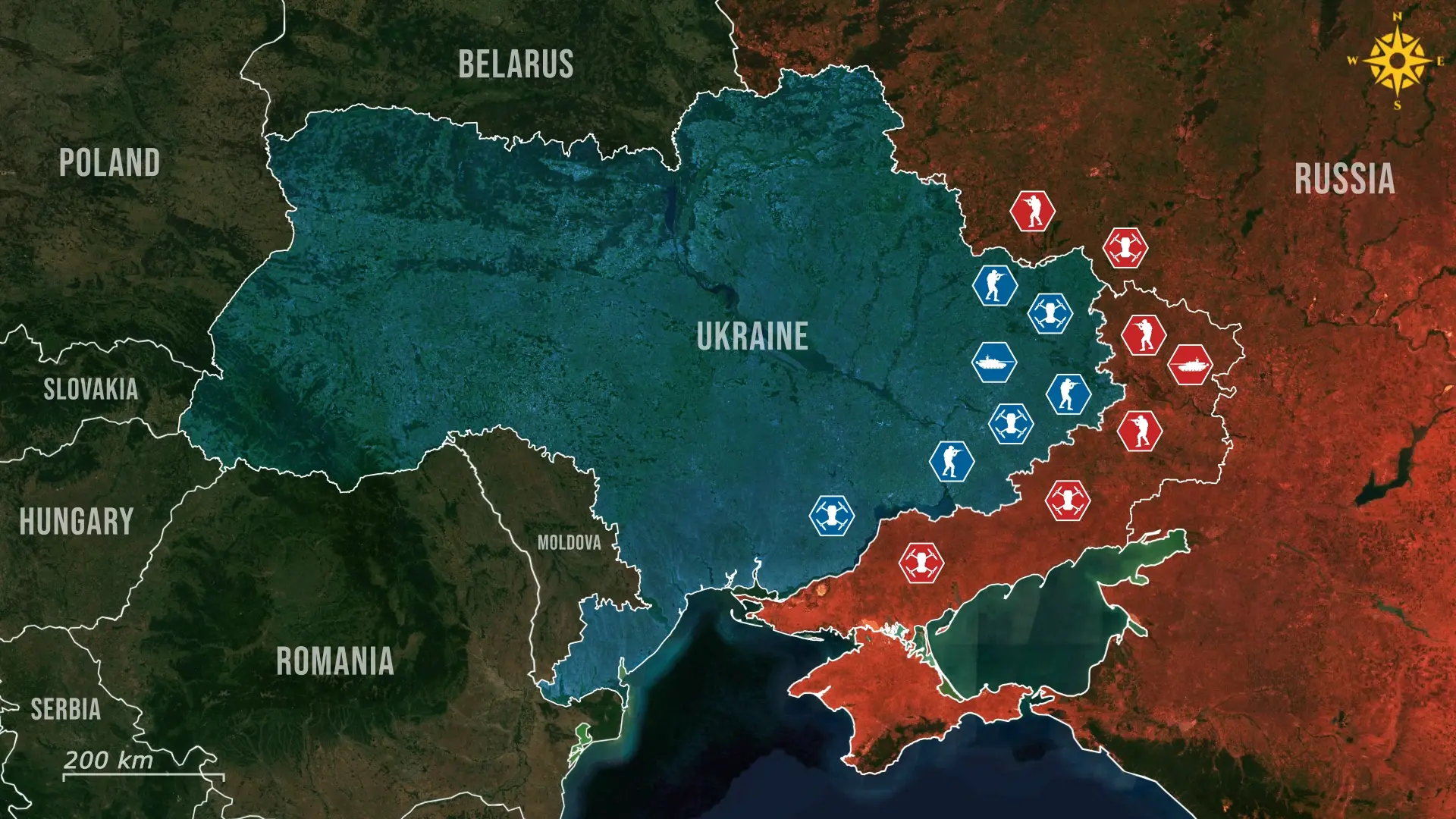
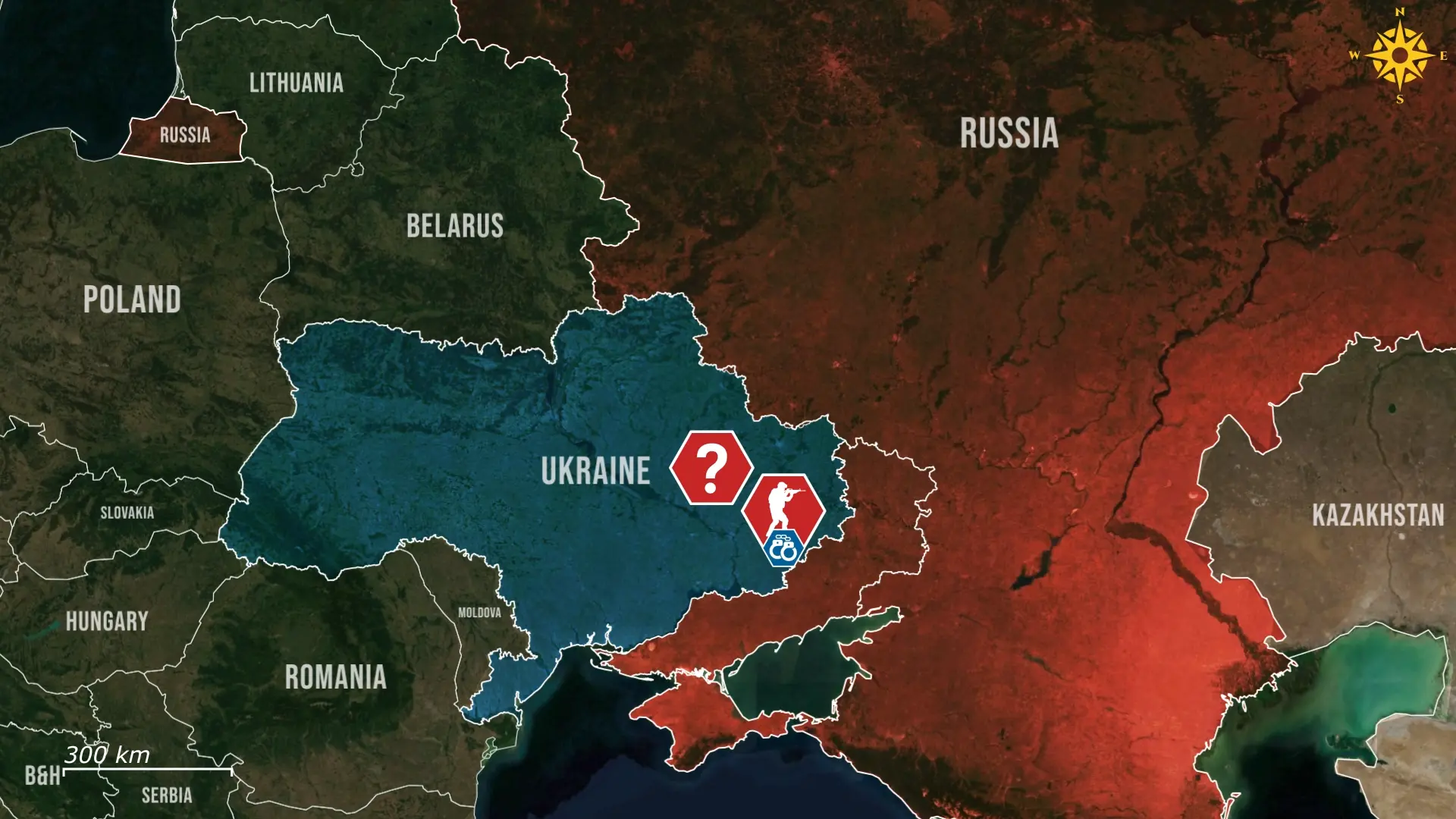
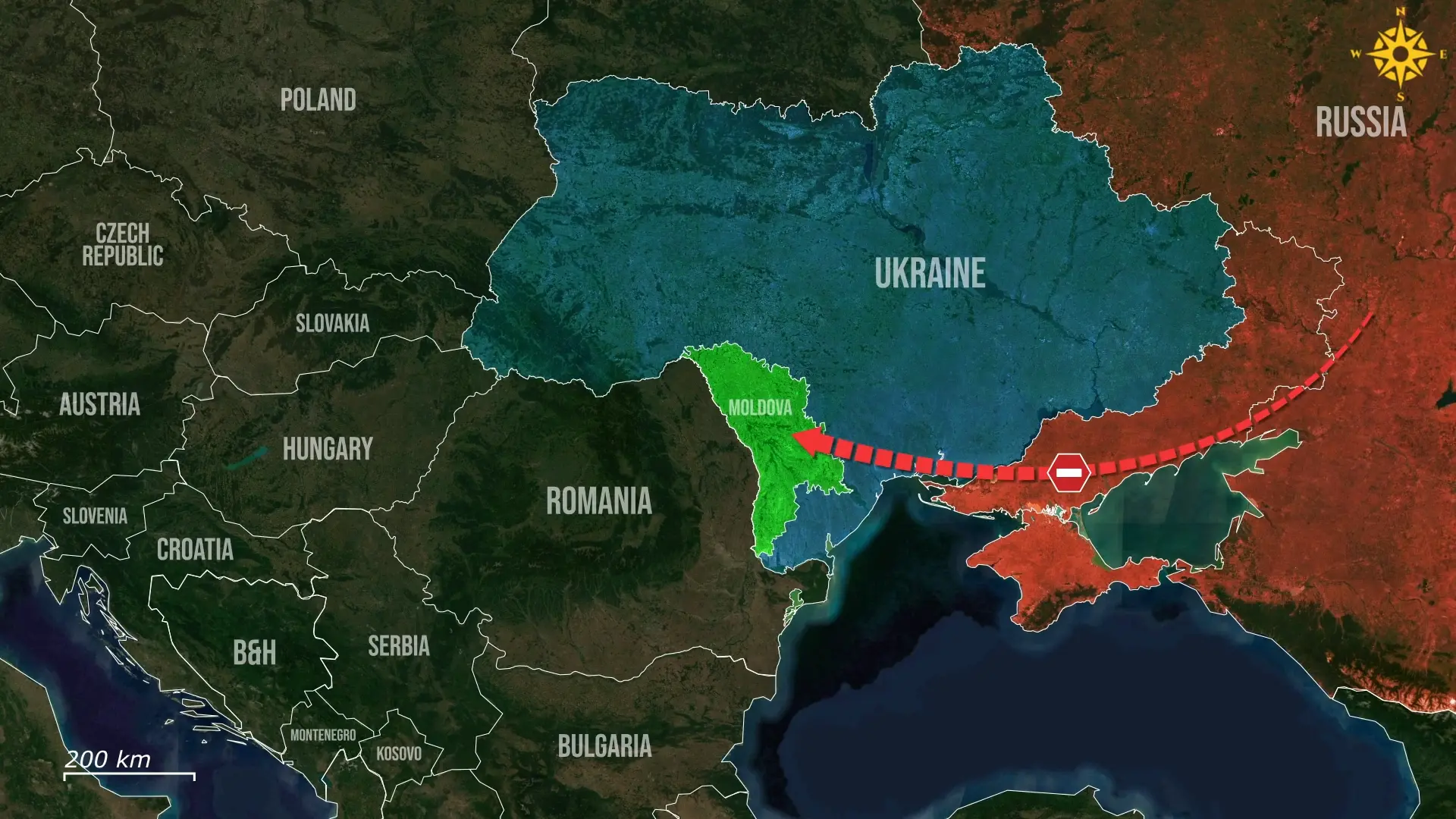

Comments